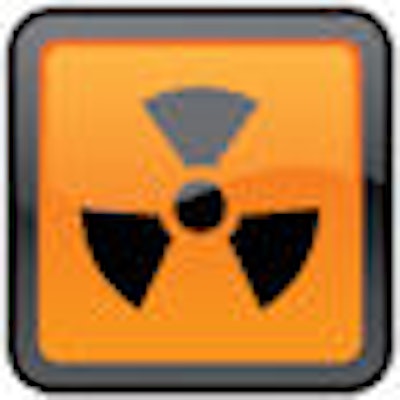
The U.S. Food and Drug Administration (FDA) is investigating cases of radiation overexposure during CT brain perfusion scans conducted to aid the diagnosis and treatment of stroke. The agency said that at one particular facility, patients received radiation doses that were eight times the expected level.
In a bulletin issued October 8, the FDA said that over an 18-month period, 206 patients at the facility received the radiation overexposures. Instead of receiving the expected maximum radiation dose of 0.5 Gy to the head, the patients received 3-4 Gy.
The FDA said that hair loss and erythema (skin reddening) occurred in some patients. The facility has contacted all patients who received the overexposure and provided them with resources to receive additional information.
The FDA went on to say that even though this particular incident involved only one facility, the agency is concerned that there may be more widespread problems with CT quality assurance programs that could apply to other facilities and other clinical applications.
"If patient doses are higher than the expected level, but not high enough to produce obvious signs of radiation injury, the problem may go undetected and unreported, putting patients at increased risk for long-term radiation effects," the agency's bulletin said.
The FDA is advising patients to follow their doctors' recommendations for receiving CT scans. The agency reiterated that the benefits of medically necessary CT scans outweigh the risks from radiation.
For imaging facilities performing CT, the FDA is advising them to review their CT protocols and be aware of the dose indices displayed on the scanner's control panel. These indices include the volume CT dose index (CTDIvol), expressed in units of milligray (mGy), and the dose-length product (DLP), expressed in units of milligray-centimeter (mGy-cm).
Facilities should carefully monitor dose indices as displayed on control panels, and ensure that the values displayed reasonably correspond to doses normally associated with the scanning protocol. This should be confirmed again after the patient is scanned, the agency said.
The agency's bulletin can be viewed online by clicking here. Incidents can be reported using the FDA's MedWatch online voluntary reporting form, available here.
By Brian Casey
AuntMinnie.com staff writer
October 9, 2009
Related Reading
California technologist faces testimony in CT overdose case, September 18, 2009
NEJM study: Imaging procedures, radiation growing, August 26, 2009
Radiation dose and cancer risk in pediatric CTA exams, August 21, 2009
Repeated calcium scans increase cancer risk, study finds, July 13, 2009
Higher cancer risk seen in frequently scanned patients, March 31, 2009
Copyright © 2009 AuntMinnie.com




















